New U.S. Bill Would Update Automotive Rules, Allowing for Non-human Drivers

When the automobile came into its own, there wasn’t really a place for it. Roads had been reserved for foot traffic and horses for hundreds of years before the invention of the internal combustion engines. Pedestrian injuries were high until they were partitioned onto the sidewalk. Likewise, it was some time before the millions of horses were be rounded up, placed into a giant pit, and shot to death by 20th-century motorists.
However, the industry didn’t really take safety into account until Ralph Nader wrote Unsafe at Any Speed and holding automakers accountable for safety suddenly became fashionable — helping America pass the National Traffic and Motor Vehicle Safety Act in 1966 and subsequent legislation. Granted, vehicular fatality rates still fell dramatically between 1925 and 1965, but the regulatory influence didn’t skyrocket until after Nader’s analysis of the industry.
With autonomous vehicles positioned to change the way we “drive,” the long-established and ever-growing rulebook may need revisions. In July, a collective of automakers, suppliers, engineers, and consumer groups, calling themselves the Coalition for Future Mobility issued a statement urging Congress to consider legislation it deemed “critical to the United States continuing to be a place of innovation and development for the life-saving technologies.” Fast forward to August, and there is already a bill on the table.
The legislation, advanced by a House committee, would direct the National Highway Traffic Safety Administration to update the Federal Motor Vehicle Safety Standards. The bill is also aimed at allowing automakers to roll out more self-driving vehicles under expanded exemptions from some safety rules as revised regulations take form. The NHTSA intends to release updated guidance for safe deployment of automated vehicles in September.
As the Coalition for Future Mobility sees it, there’s a problem with the language used in the pre-existing rules — primarily ones relating to the driver. Currently, the NHTSA considers the system controlling the vehicle as “the driver,” but some of its rules are problematic. For example, safety standards stipulate that the brakes of all modern production vehicles be operated via foot controls. But feet are something computers are in short supply of and are unnecessary with a fully autonomous system. In fact, a lot of manufacturers want to reach a point where all human-oriented controls are optional.
A 2016 study by the Volpe National Transportation Systems Center references more than 30 instances where the Federal Motor Vehicle Safety Standards could present serious compliance problems for autonomous vehicles with no human controls or with novel seating arrangements. But many, like yours truly, aren’t exactly thrilled by the prospect of owning a car without a steering wheel — even a self-driving one.
This is a separate, equally complicated, matter. A report by the Rand Corporation from last year outlined how difficult it will be to reach a consensus on new rules because so many companies, consumer groups, and private citizens will be affected by the final decision. Likewise, testing procedures have to be decided and Rand Corp. says the NHTSA hasn’t been ahead of the game with autonomous systems. While the regulatory agency recently updated its new car safety ratings to indicate if a vehicle is equipped with crash prevention systems like automatic braking, it doesn’t evaluate them.
There’s no industry standard for even the most basic of autonomous systems, and that includes systems on vehicles currently milling around on public roads today. Rand specified that safety mandates will need to be evaluated based on how the array of sensors and artificial intelligence computers respond to the environment surrounding a car (but admitted even that would be difficult based on the myriad of variances to be accounted for).
“The basic problem here is one we’ve seen in a lot of industries — the technology moves a lot quicker than the regulation,” Elliot Katz, a partner at McGuireWoods LLP who chairs the firm’s automated vehicle practice, told Bloomberg. “Unfortunately, the rule-making process is not a short one, not a cheap one and is nothing short of labor intensive.”
This is why automakers and advocates alike are pressing the government to start the party and begin looking at the rules. Today’s limited road tests are fine and not in any danger of being shut down, but no manufacturer is going to risk entering into even the most modest of production efforts until those new regulations are in place.

A staunch consumer advocate tracking industry trends and regulation. Before joining TTAC, Matt spent a decade working for marketing and research firms based in NYC. Clients included several of the world’s largest automakers, global tire brands, and aftermarket part suppliers. Dissatisfied with the corporate world and resentful of having to wear suits everyday, he pivoted to writing about cars. Since then, that man has become an ardent supporter of the right-to-repair movement, been interviewed on the auto industry by national radio broadcasts, driven more rental cars than anyone ever should, participated in amateur rallying events, and received the requisite minimum training as sanctioned by the SCCA. Handy with a wrench, Matt grew up surrounded by Detroit auto workers and managed to get a pizza delivery job before he was legally eligible. He later found himself driving box trucks through Manhattan, guaranteeing future sympathy for actual truckers. He continues to conduct research pertaining to the automotive sector as an independent contractor and has since moved back to his native Michigan, closer to where the cars are born. A contrarian, Matt claims to prefer understeer — stating that front and all-wheel drive vehicles cater best to his driving style.
More by Matt Posky
Latest Car Reviews
Read moreLatest Product Reviews
Read moreRecent Comments
- MaintenanceCosts Poorly packaged, oddly proportioned small CUV with an unrefined hybrid powertrain and a luxury-market price? Who wouldn't want it?
- MaintenanceCosts Who knows whether it rides or handles acceptably or whether it chews up a set of tires in 5000 miles, but we definitely know it has a "mature stance."Sounds like JUST the kind of previous owner you'd want…
- 28-Cars-Later Nissan will be very fortunate to not be in the Japanese equivalent of Chapter 11 reorganization over the next 36 months, "getting rolling" is a luxury (also, I see what you did there).
- MaintenanceCosts RAM! RAM! RAM! ...... the child in the crosswalk that you can't see over the hood of this factory-lifted beast.
- 3-On-The-Tree Yes all the Older Land Cruiser’s and samurai’s have gone up here as well. I’ve taken both vehicle ps on some pretty rough roads exploring old mine shafts etc. I bought mine right before I deployed back in 08 and got it for $4000 and also bought another that is non running for parts, got a complete engine, drive train. The mice love it unfortunately.

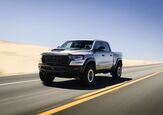
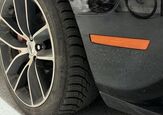













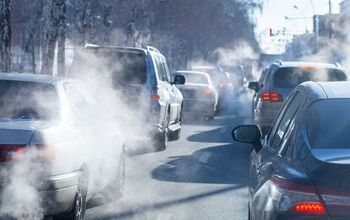


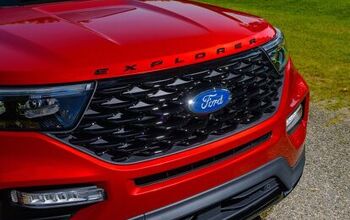
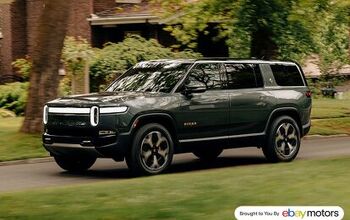

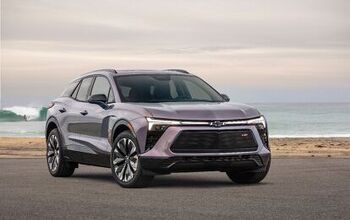
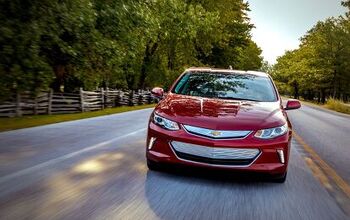
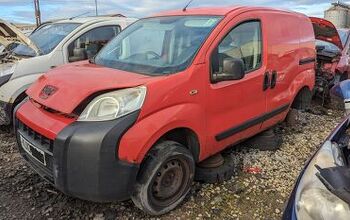


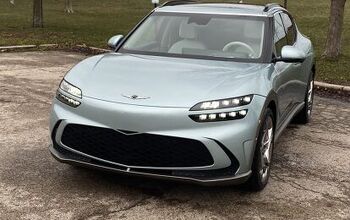

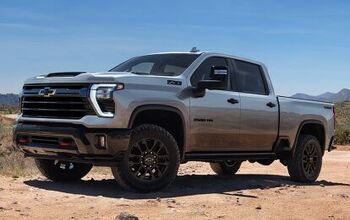
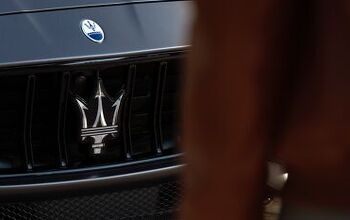
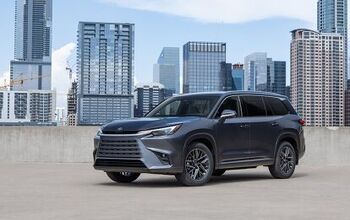

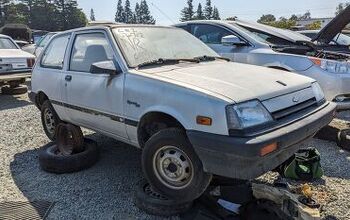
Comments
Join the conversation
Every self-driving car should be required to have a large rotating red gumball light on top so everyone can tell which cars are which. Maybe they should also require painting in big diagonal yellow and black stripes too.
Someone please educate me what a great idea this will be in northern states, or the great frozen wasteland to the north which is Canada during the winter. Glare ice or 3 or 4 inches of snow should prove interesting. Tow hooks front and rear so a driver-less tow truck should help.